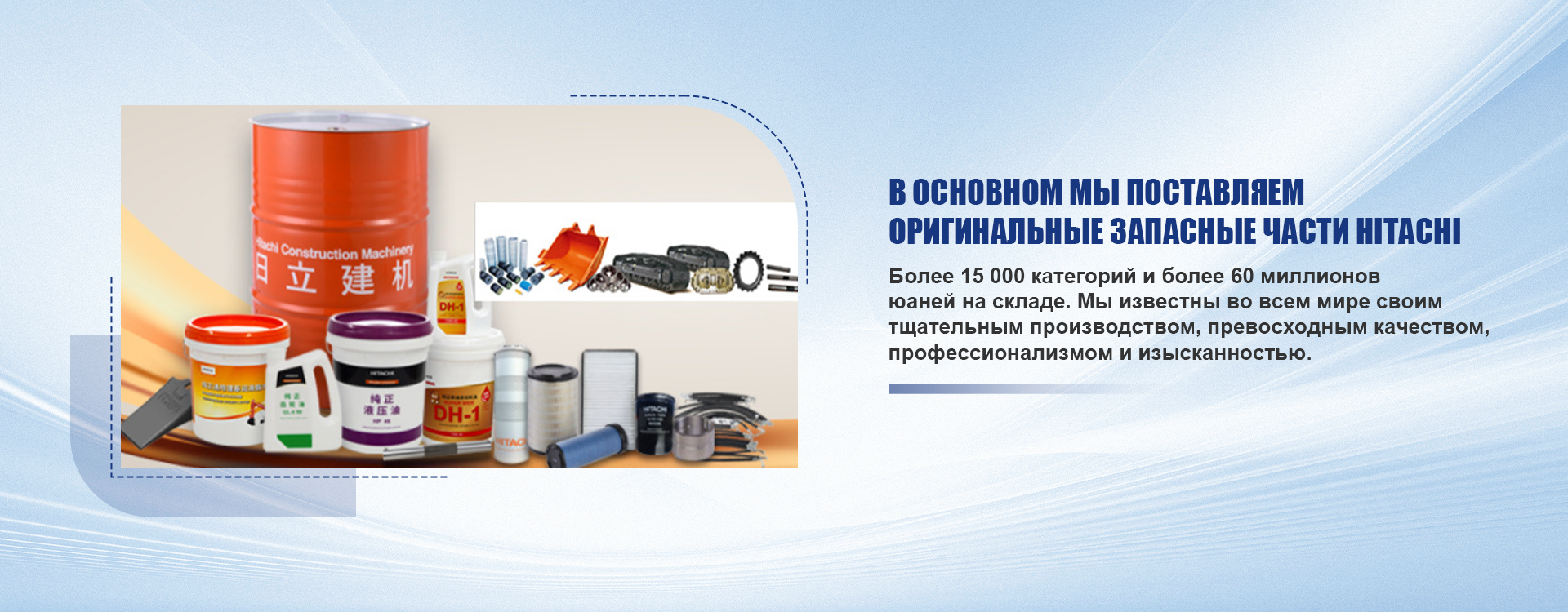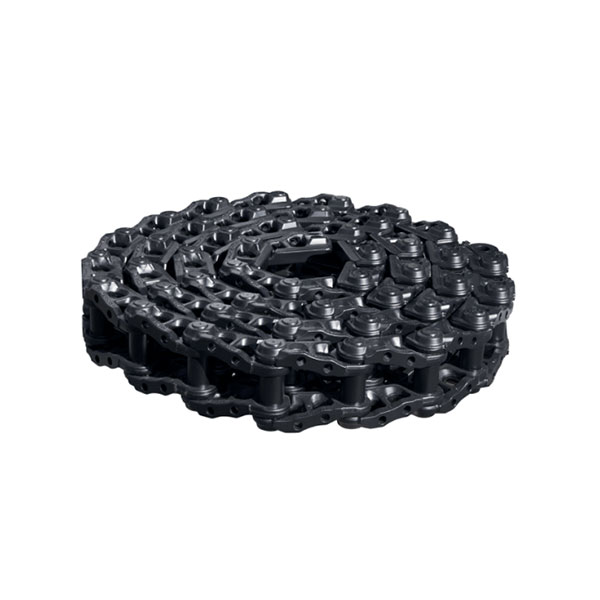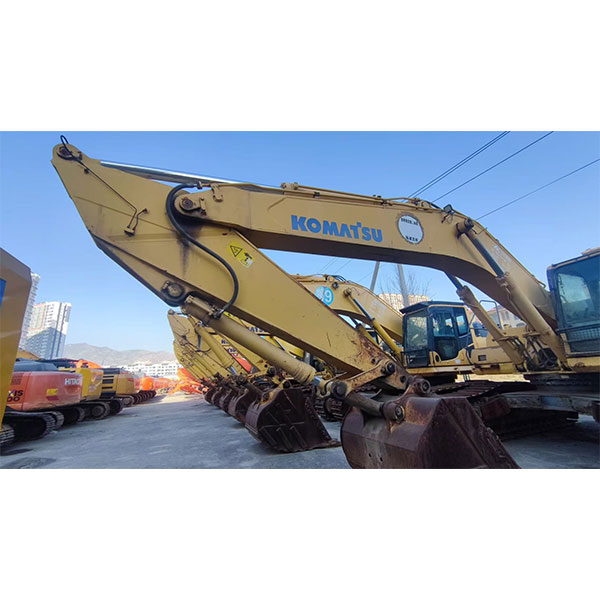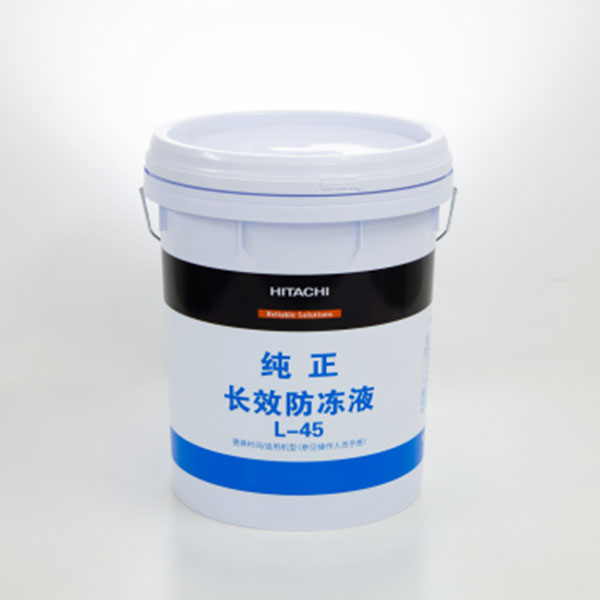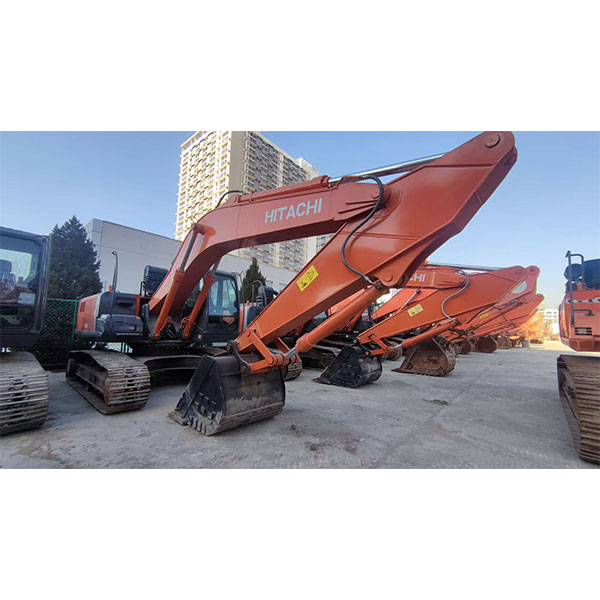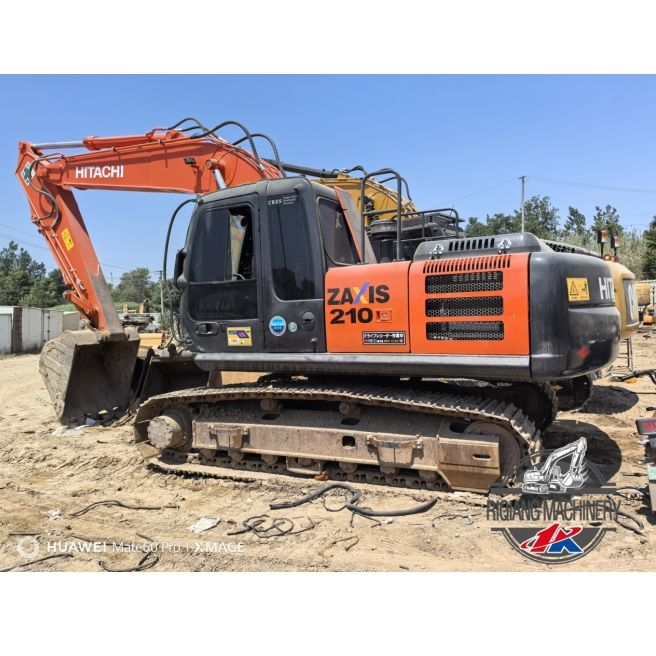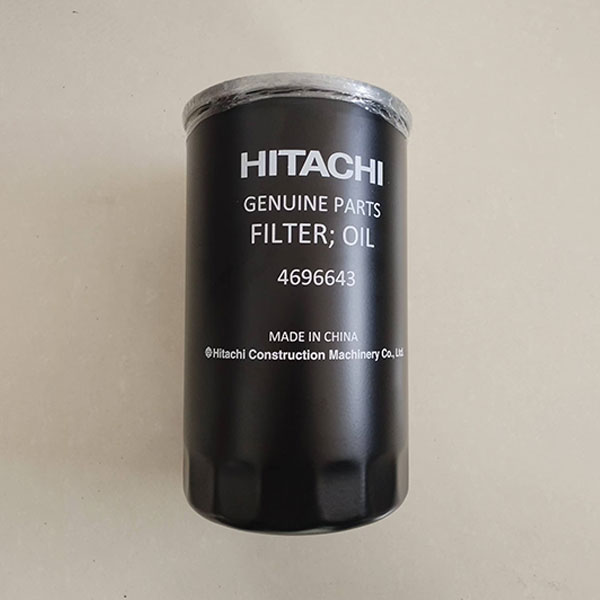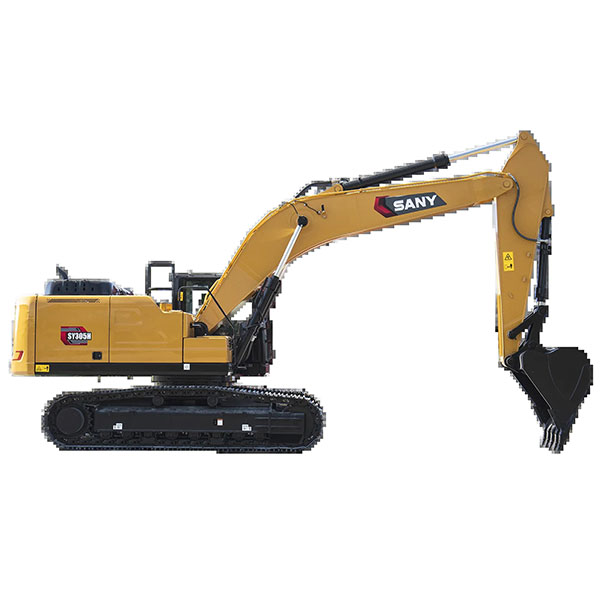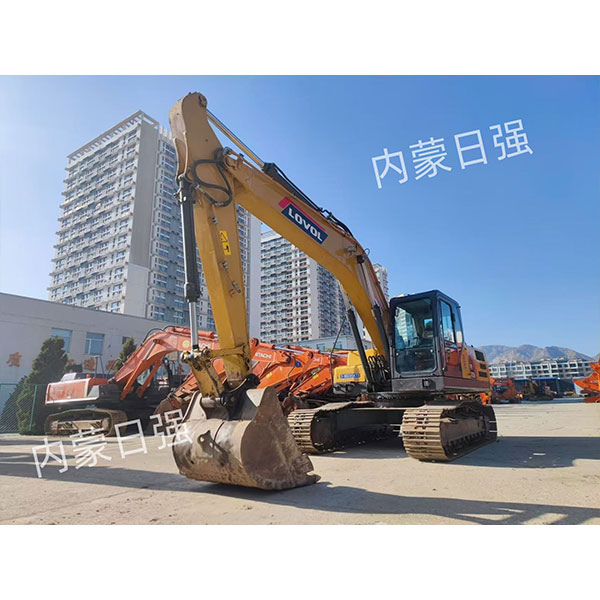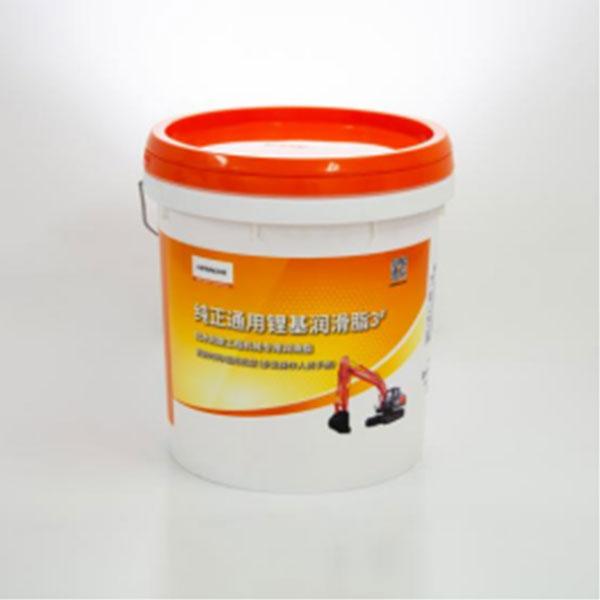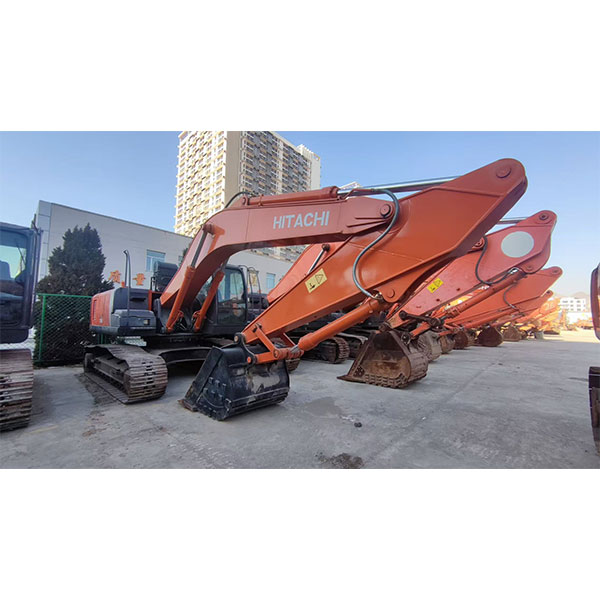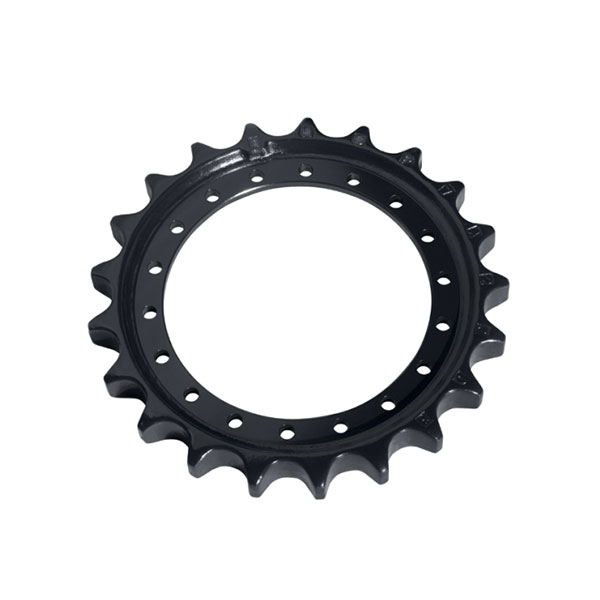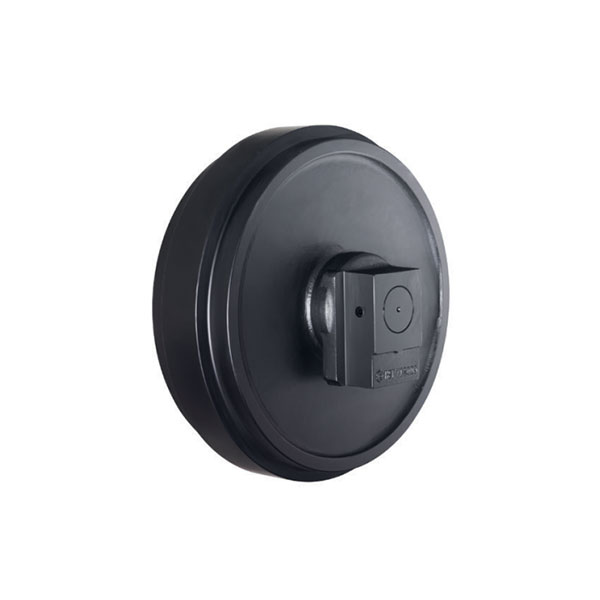
The principle of operation of the hydraulic cylinder
The principle of operation of the hydraulic cylinderIt is based on the use of an inconsistent fluid (usually hydraulic oil) to transmit pressure from one end of the cylinder to another, creating a linear movement. The piston inside the cylinder moves under the influence of fluid pressure, which allows various mechanical work, such as lifting, pushing or moving goods.
What is a hydraulic cylinder?
The hydraulic cylinder is an executive mechanism that converts the energy of hydraulic fluid into linear mechanical movement. It consists of several main components:
- Cylinder sleeve:The main case withstanding high pressure.
- Piston:The part moving inside the sleeve.
- Piston rod:An element that transfers the force from the piston to the external load.
- Seals:Provide the tightness between the piston and the sleeve, preventing fluid leaks.
- Entrance and output holes:Used to feed and diverted hydraulic fluid.
The main types of hydraulic cylinders
There are several types of hydraulic cylinders, the most common:
- Unilateral cylinders:The movement in one direction occurs under the action of a hydraulic fluid, and the return is under the influence of a spring or external force.
- Bilateral cylinders:Movement in both sides occurs under the action of a hydraulic fluid.
- Telescopic cylinders:They consist of several invested sections that allow you to get a large move with compact sizes.
The principle of operation of the hydraulic cylinderone -sided action
In a one -sided cylinder, a hydraulic fluid is supplied to only one cylinder cavity. The pressure of the liquid pushes the piston, moving the stem. When the fluid supply is stopped, the spring or external force returns the piston to its original position.
Unilateral cylinder scheme
- The hydraulic fluid is supplied to the cylinder cavity.
- The fluid pressure increases and pushes the piston.
- The piston rod moves, performing useful work.
- The fluid supply is stopped.
- The spring or external force returns the piston to its original position.
The principle of operation of the hydraulic cylinderbilateral action
In a bilateral cylinder, hydraulic fluid can be supplied to both cavity of the cylinder. This allows you to move the piston in both directions under the action of hydraulic pressure.
Two -way cylinder scheme
- To put forward the rod, the hydraulic fluid is supplied to one cylinder cavity.
- The pressure of the liquid pushes the piston, moving the stem.
- To draw a rod, a hydraulic fluid is supplied to another cylinder cavity.
- The pressure of the fluid pushes the piston in the opposite direction, drawing the stem.
Advantages of hydraulic cylinders
Hydraulic cylinders have a number of advantages compared to other types of drives:
- High power:They are able to develop a large effort with compact sizes.
- Smoothness:Provide smooth and accurate movement.
- Reliability:Durable and reliable in operation.
- Universality:Can be used in various fields of industry and equipment.
Areas of the use of hydraulic cylinders
Hydraulic cylinders are widely used in various areas:
- Construction equipment:Excavators, bulldozers, taps.
- Agricultural equipment:Tractors, combines, plows.
- Industrial equipment:Presses, machines, casting machines.
- Transport:Cars, planes, ships.
How to choose a hydraulic cylinder?
When choosing a hydraulic cylinder, the following factors must be taken into account:
- The necessary effort:Determine the maximum effort that the cylinder should develop.
- Rod move:Determine the required movement of the rod.
- Working pressure:Select a cylinder designed for the required operating pressure.
- Type of cylinder:Determine which type of cylinder (one -sided or bilateral) is better suited for your use.
- Terms of Use:Consider the operating conditions of the cylinder (temperature, humidity, pollution).
Maintenance of hydraulic cylinders
To ensure reliable and durable operation of hydraulic cylinders, it is necessary to regularly maintain their maintenance:
- Checking the level of hydraulic fluid:Maintain fluid level in accordance with the manufacturer's recommendations.
- Checking for leaks:Spend the cylinder regularly for fluid leaks.
- Snack lubrication:Lubricate the cylinder rod to prevent wear and corrosion.
- Replacement of seals:Replace the seals when signs of wear or damage appear.
Company LLC Internal Mongolia Zhitsyan Construction equipment and hydraulic cylinders
LLC Internal Mongolia Zhitsyan Construction equipment available at the addresshttps://www.nmgrq.ru/, is a supplier of construction equipment and components, including hydraulic cylinders. When choosing hydraulic equipment, it is important to consider the manufacturer and product quality. The company offers a wide range of hydraulic cylinders for various construction equipment. Particular attention should be paid to bilateral cylinders, which provide effective and reliable work in the most demanding conditions. The use of high -quality components, such as hydraulic cylinders, allows you to increase the life of the equipment and reduce the cost of repair and maintenance.
An example of using a hydraulic cylinder in an excavator
In the excavator, hydraulic cylinders are used to drive a bucket, arrows and handle. Consider an example of the work of the cylinder leading the bucket:
- The operator controls the lever by supplying hydraulic fluid to the bucket cylinder.
- The pressure of the liquid pushes the cylinder piston.
- The piston rod is connected to the bucket through the lever system.
- Moving the rod leads to the rotation of the bucket, allowing you to dig the soil.
- To unload the bucket, the operator switches the lever, directing the hydraulic fluid to the other cylinder cavity.
- The piston moves in the opposite direction, turning the bucket and pouring the soil.
Comparison of hydraulic cylinders of different manufacturers (example)
For example, we give a comparison of the characteristics of hydraulic cylinders, which is offered by LLC Internal Mongolia Zhitsyan Construction equipment, with cylinders of other manufacturers. It should be noted that these data are presented as an example and may differ depending on the specific model and manufacturer. Actual information can always be obtained on the official websiteLLC Internal Mongolia Zhitsyan Construction equipment.
| Characteristic | LLC Internal Mongolia Zhitsyan Construction equipment (example) | Manufacturer X (example) | Manufacturer Y (example) |
|---|---|---|---|
| Maximum pressure | 350 bar | 320 bar | 300 bar |
| The diameter of the piston | 100 mm | 90 mm | 110 mm |
| The material of the sleeve | High -strength steel | Steel | Cast iron |
| Type of seals | Polyurethane | Rubber | Polyurethane |
The data in the table is presented exclusively as an example and are not accurate characteristics of specific models. To get relevant information, contact the manufacturers.
Conclusion
The principle of operation of the hydraulic cylinderIt is relatively simple, but its use covers many industries. Understanding the basic principles of work and the correct choice of the cylinder will effectively solve various problems in industry and technology.
AppropriateProducts
Corresponding products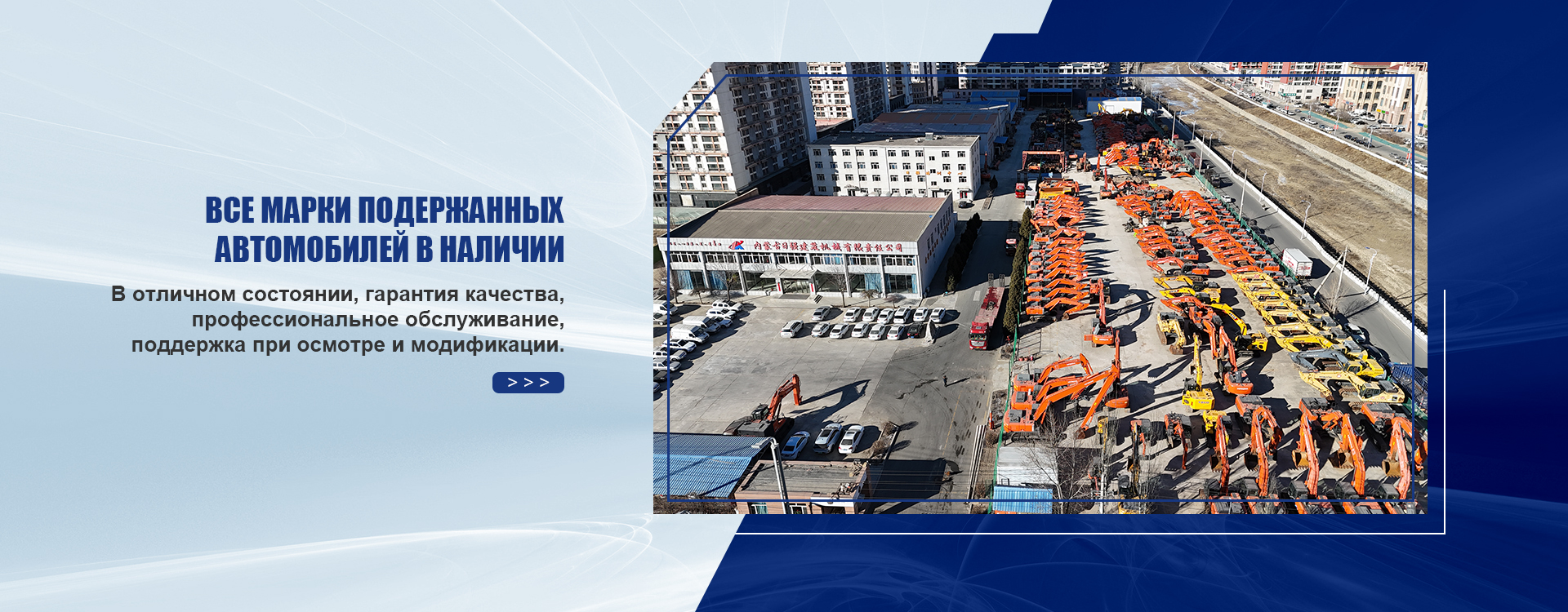
The best soldproducts
The best -selling productsConnectedsearch
Related search- Chinese leading buyers of hydraulic cylinders for combines
- Cheap suppliers of 4 excavators
- cheap suppliers of JCB excavator rental
- Excavator rental price in China
- Cheap suppliers Hydraulic cylinder for rotary milling
- Chinese suppliers of hydraulic cylinders for mining equipment
- Hitachi filters from China
- Factory oil cylinder
- OEM price is a small excavator
- Manufacturers of hydraulic cylinders for rotary cultivators in China








